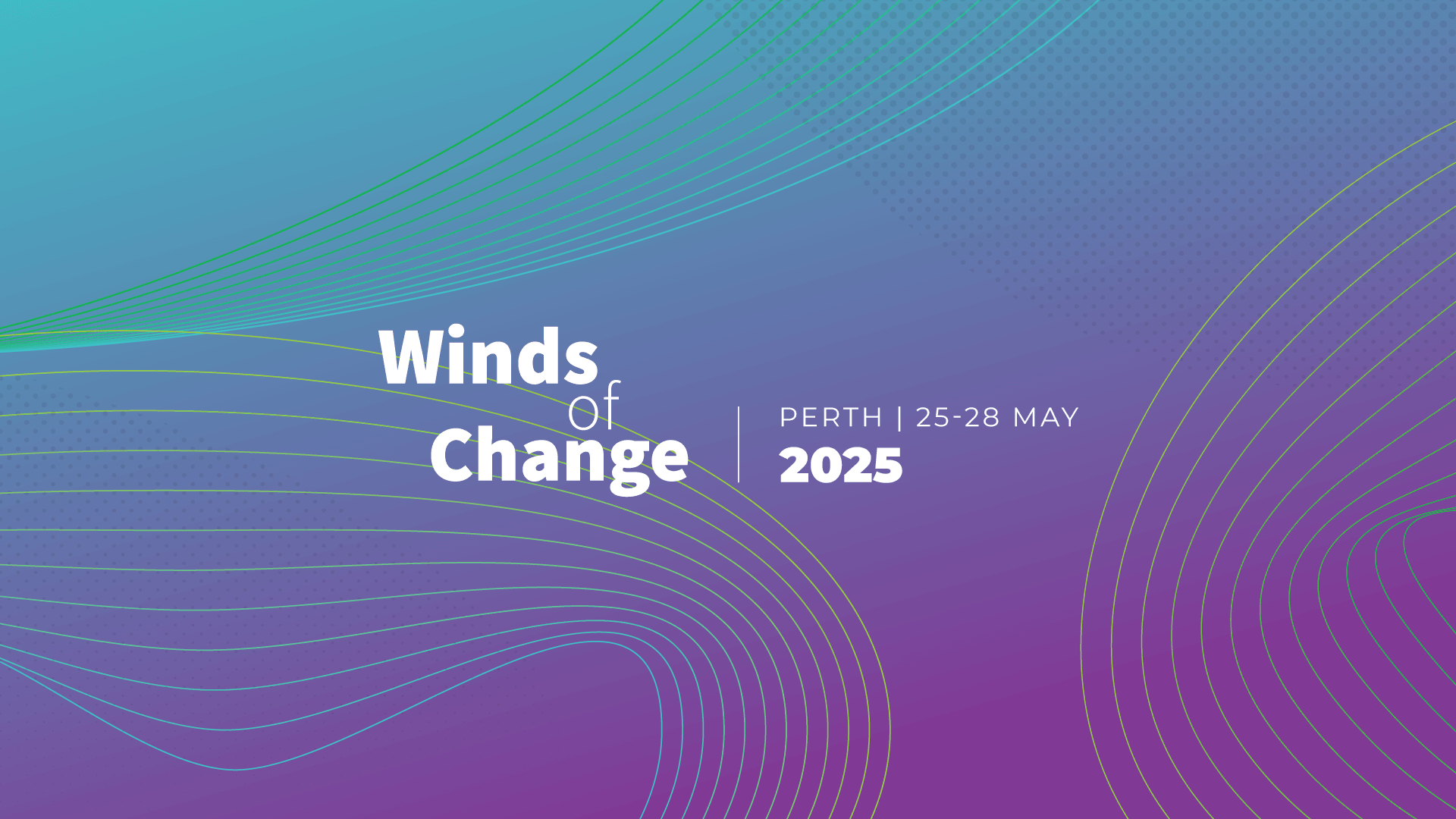
Bridging the skills gap: Exploring learner experiences and impact of microcredentials
May 26 2025, 11:40 - 12:10 (AWST)
Microcredentials are at the forefront of digital transformation in higher education, offering targeted skill development for learners and enabling employers to upskill their workforce capabilities. Designing micro credentials that meet the needs of learners and employers is a challenge for education providers to do well (Wheelahan & Moodie, 2021). Learners need to be motivated and self-regulated learners and have some background relevant to the topic (Phan et al., 2016; Shapiro et al., 2017) and both learners and employers struggle to understand the effectiveness and benefits of microcredentials due to a fragmented operationalisation of microcredentials across higher education providers (Nguyen et al., 2023).
Despite the growing popularity of microcredentials, there is a notable gap in research examining the learning experience of learners in microcredentials. Research is needed to enable the design of microcredentials that intrinsically motivate learners, develop their self-regulated learning skills, and facilitate the development of relevant, in-demand workplace skills.
The presentation will share insights into the growing trend of microcredentials in higher education, focusing on learner motivations and experiences. Our research combines quantitative and qualitative insights of microcredential learners and their learning experiences. The findings show that learners are extrinsically motivated to improve their skills to further their careers, or facilitate a transition to a different industry, and are intrinsically motivated by the activities embedded in the microcredential that cause them to talk about their learning in their workplace, with their peers, and with family and friends. The findings also show how particular learning activities that are immersed in industry challenges, develop the skills learners need and create an impact in their workplace.
This research contributes to our understanding of the microcredential landscape and offers insights for educational institutions and policymakers seeking to develop effective, learner-centered microcredential programs.
THETA acknowledges the Traditional Owners of the lands where we live, learn and work. We pay our respects to Elders past and present and celebrate the stories, culture and traditions of all First Nations people.
